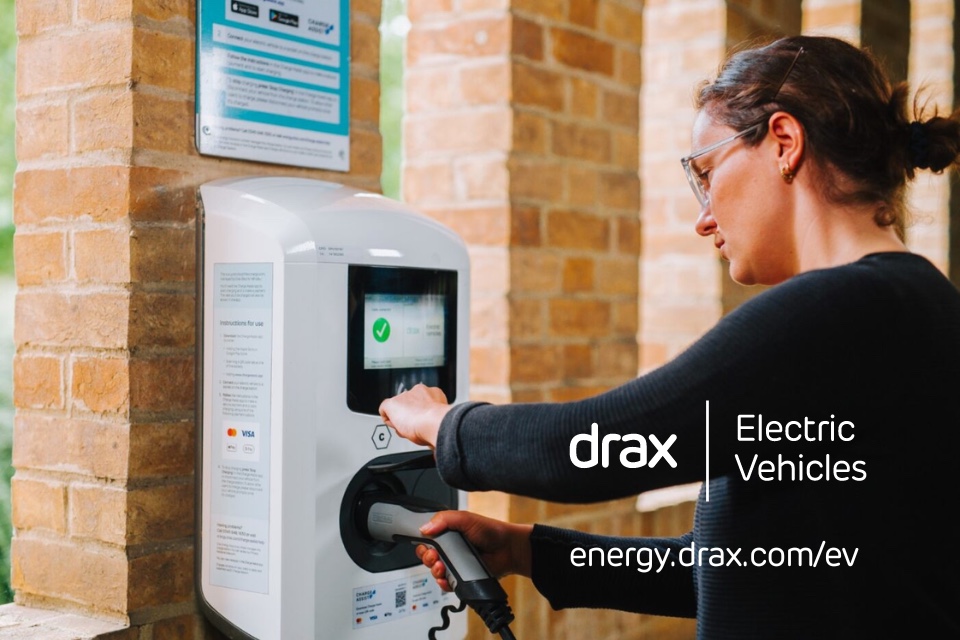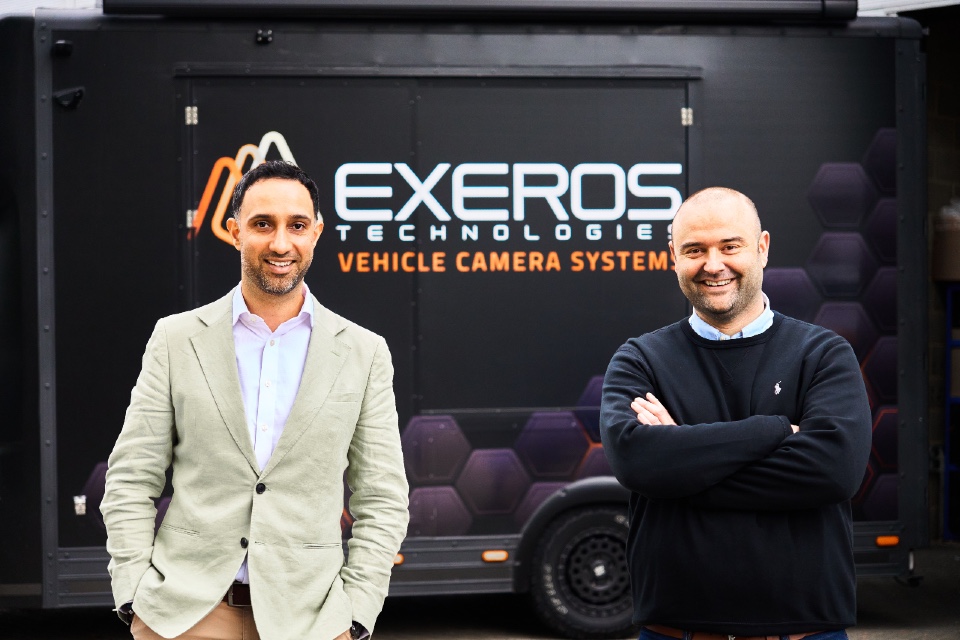Recent research from Drax Electric Vehicles into UK organisations’ electrification progress revealed that over half (52%) of businesses hadn’t yet installed any EV charge points.
Cited barriers to EV adoption include cost, lack of government support and uncertainty in the technology. But with competitors already reaping the benefits – and the looming ban on the sale and manufacture of internal combustion engine (ICE) vehicles – it’s crucial businesses prioritise electrification.
Why electrify now?
As well as ‘beating the ban’, there are sustainability and PR advantages associated with transitioning to EVs. Offering zero tailpipe emissions and a visible display of environmental awareness, EVs can help enable organisations promote their CSR and ESG credentials.
What’s more, implementing an electric fleet and a supporting charging infrastructure enables organisations to start recouping costs. EV purchase/hire prices are generally higher than those of equivalent ICE vehicles, so the sooner fleet managers switch to cheaper fuel and maintenance outlay, the sooner they can start enjoying the savings.
Company EVs and accessible charging facilities can also help organisations attract and retain drivers and other staff – and serve customers and visitors.
Where to start
While it’s important to start the transition – and ideally soon – it’s even more important to make sure you start in the right place.
Every organisation’s electrification journey will be different. Before investing in vehicles or hardware, businesses need to understand their unique challenge – based on a combination of factors.
To understand their operational requirements, organisations should analyse where their vehicles need to be, how far they travel and where and when they’re available for charging. An electrification suitability assessment – will give businesses the data they need.
High-level strategic factors will also influence organisations’ routes to electrification. It’s particularly important to understand the business’s sustainability direction of travel when planning (and seeking support for) the transition.
And, of course, organisations need to use financial pragmatism. Often, carrying out a small-scale EV trial will give businesses the proof, and confidence, they need to commit to larger-scale transition. Spreading the costs of electrification in this way can help make the process affordable.







